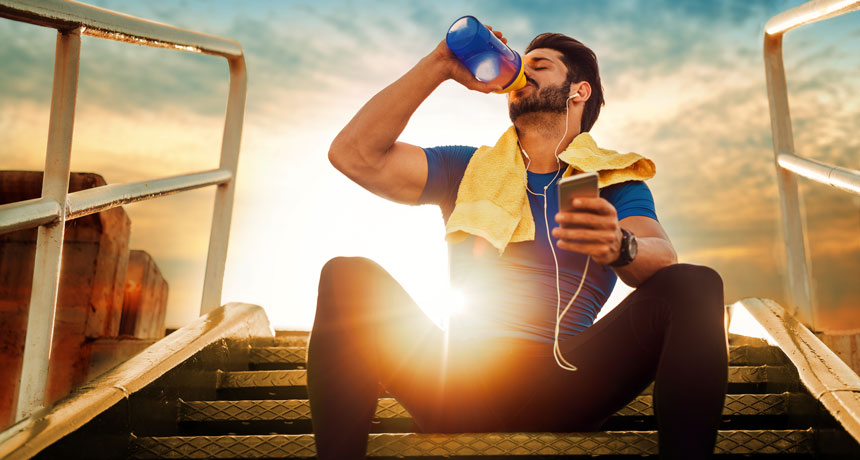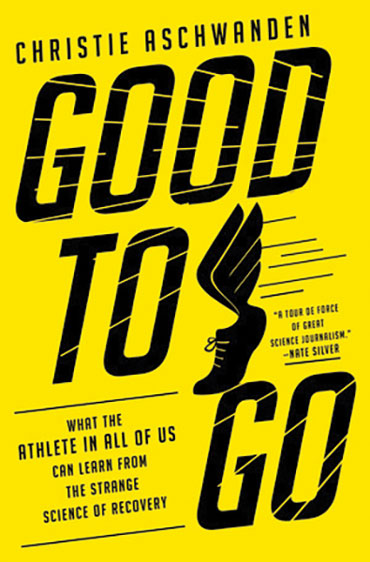‘Good to Go’ tackles the real science of sports recovery
A new book puts supplements, beer, saunas and other postexercise fads to the test

POSTWORKOUT ROUTINE Which recovery shake is the best after your workout? A new book takes on the science of sports recovery and uncovers what — if anything — will actually make you “good to go.”
Ivanko80/Shutterstock








